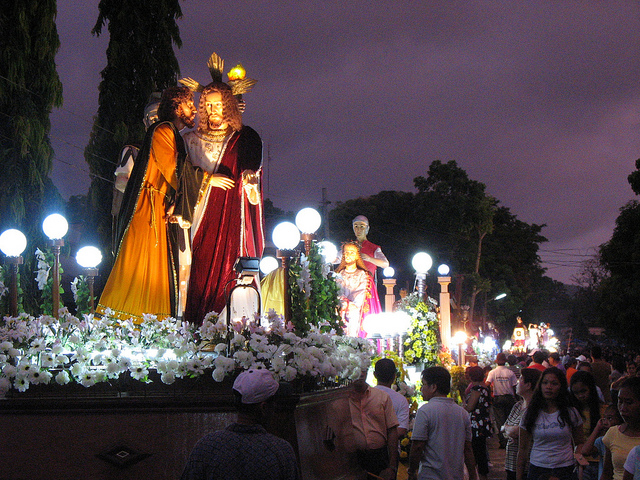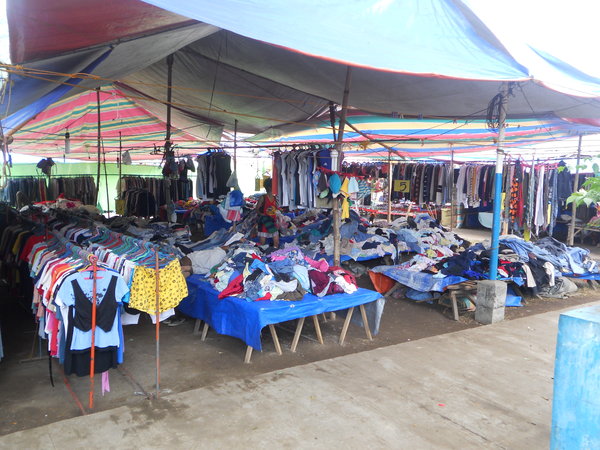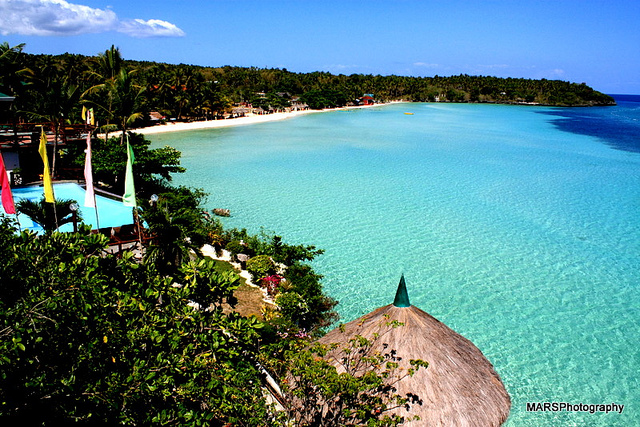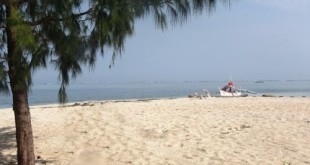“Kadayawan sa Dabaw” started as a tribal festival in the 1970s to showcase the indigenous peoples’ rituals of celebration after a bountiful harvest. To entice investment into the region after a tumultuous Martial Law regime, local executives decided to bring to the fore the agricultural and natural bounty of Davao City in one grand celebration and tied this up with the traditional “lumad” (IP or indigenous people) thanksgiving festival. What was once called “Apo Duwaling” – in honor of Mt, Apo, the country’s highest peak; durian, the spiky pungent fruit that tastes like heaven; and “waling-waling” the queen of all Philippine orchids – became Kadayawan sa Dabaw.
“Kadayawan” highlights are celebrated on the third weekend of August (17-18 August 2013), although pre-festival shows and festival-related events spill over before and after the week-long celebration.
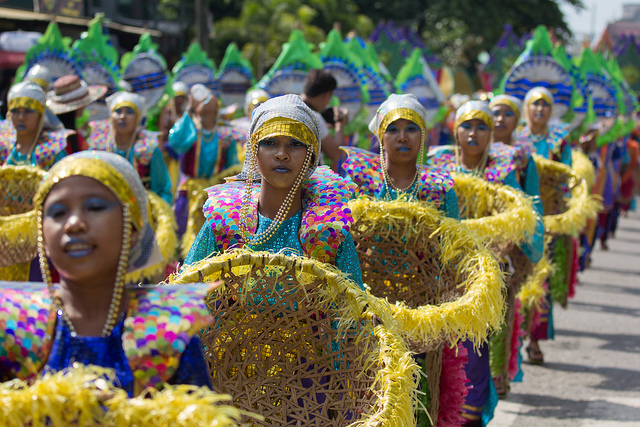
“Pahinungod”: A Lumad Thanksgiving
The 10 ethnic tribes of Davao have been practicing since pre-colonial times a “pahinungod” or offering to the gods after a bountiful harvest. They would gather together at the foot of Mt. Apo and sing and dance and offer food in gratitude. This converging together is called “panagtagbo”, an event that is still observed during the opening ceremonies and in various events spread across the city over the festival period.
Celebrating the Gifts of Nature and a Celebration of Serene Life
“Kadayawan” comes from the Mandaya (one of the tribes) root word “madayaw”, a greeting to signify something superlative or beautiful.
Mt. Apo is definitely superlative, and waling-waling is certainly beautiful. More than these however, the people of Davao have something much more to celebrate other than the bounty of nature: The city has one of the country’s lowest crime rates; their culture has peacefully coexisted with elements of Spanish influence; and their ancestral roots are still living among them and taking part in local governance.
Lumad Pageantry, Street Dancing and Floral Parades
Unlike the pageants around the country that seem to focus only on external beauty, the “Hiyas sa Kadayawan” (Jewel of Kadayawan) is a search of “lumad” lass who best represents her tribe through her knowledge of indigenous culture, cultural performance and indigenous costume.
“Indak-Indak sa Kadalanan” is a street dancing competition that showcases each tribe’s thanksgiving rituals. The costumes and headdresses are blindingly colorful, and the choreography is reminiscent of “lumad” rites.
Known as the home of waling-waling, Davao is proud of it and declares it with a statement through “Pamulak Kadayawan”, a visual treat of floral floats that cruise through the city’s major thoroughfares.
Lumad Markets, Photo Contests and Trade Fairs
True to its earlier goals, Kadayawan is not only a celebration of culture, but also an opportunity to market Davao as a lucrative destination for business. Arts and crafts and “lumad” artifacts are displayed alongside commercial and industrial achievements of Davao and surrounding regions. Davao’s past and present are also celebrated in photo contests that visually strengthen reminders of Davao’s history to younger audiences.
Indigenous Soul Through Music, Choreography and Skin Art
Concerts feature Mindanao sounds and “lumad”-inspired music, and dance showdowns are representative of the rituals performed by the Ubo and Ata Manobo, Tagabawa, K’lata, Maguindanao, Tausug, Matigsalog, Maranao, Sama and Kalagan (Davao “lumad”).
Concerts are not only opportunities to get into the vibe and let loose, but also an occasion to get a (semi)permanent mark of temporary Davao insanity.
